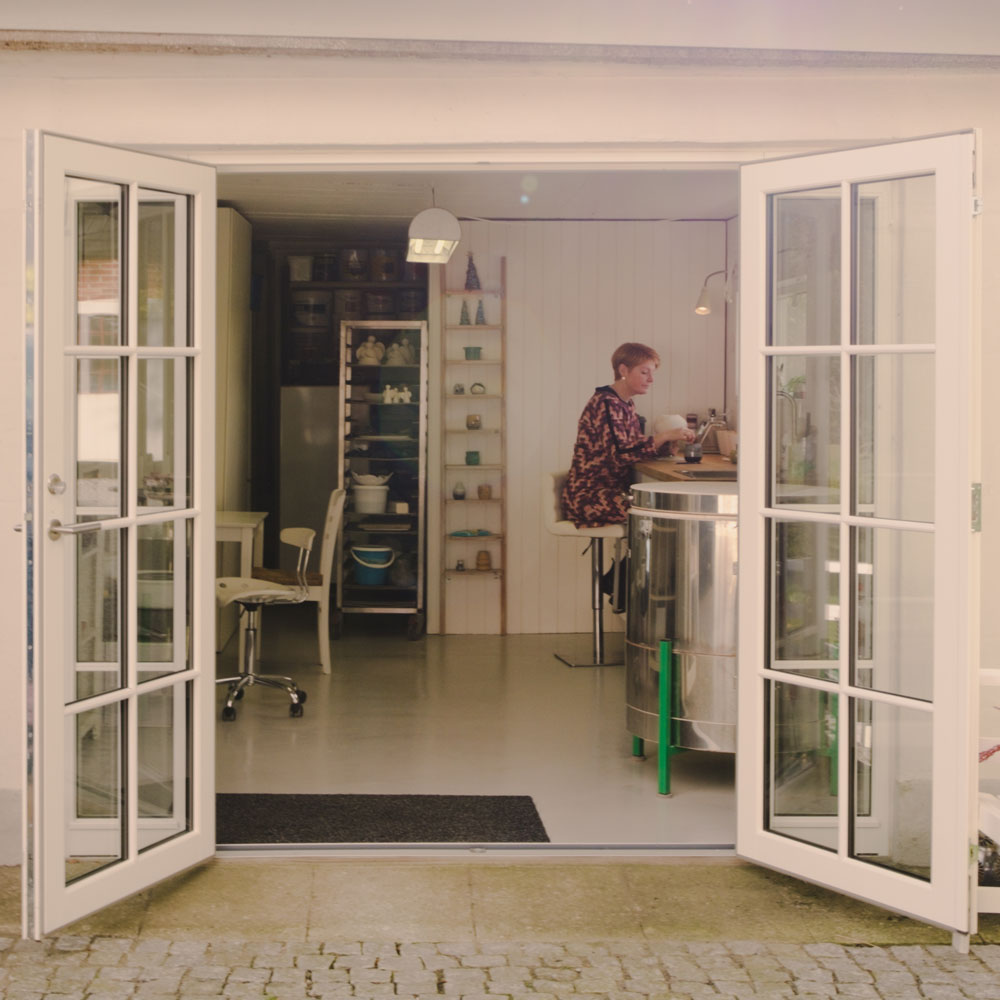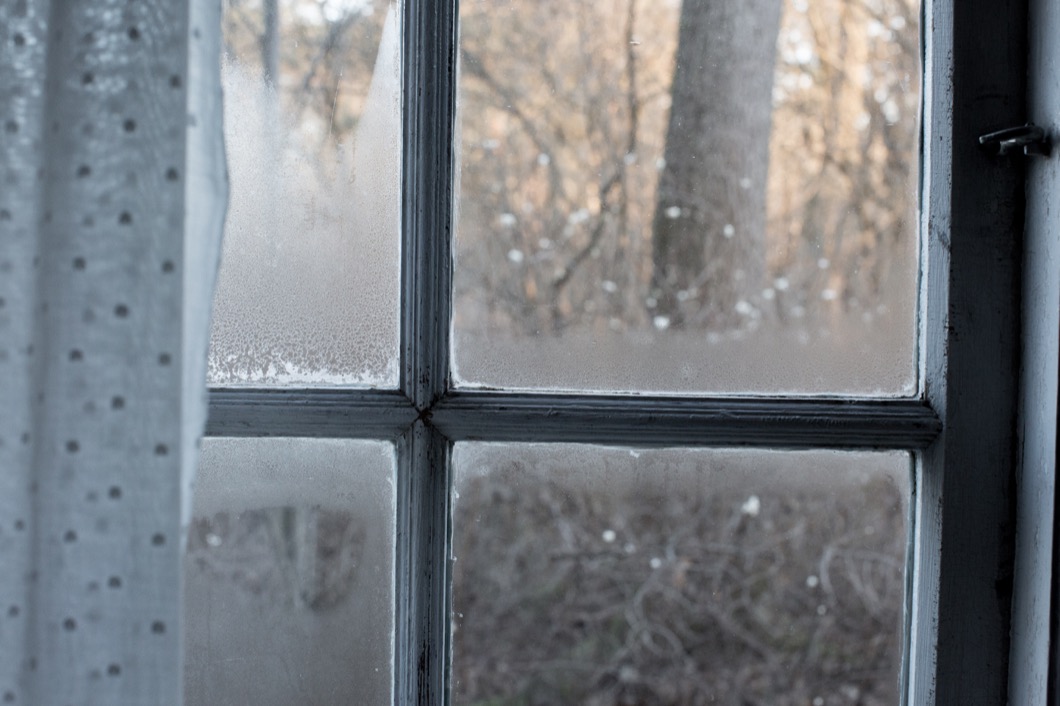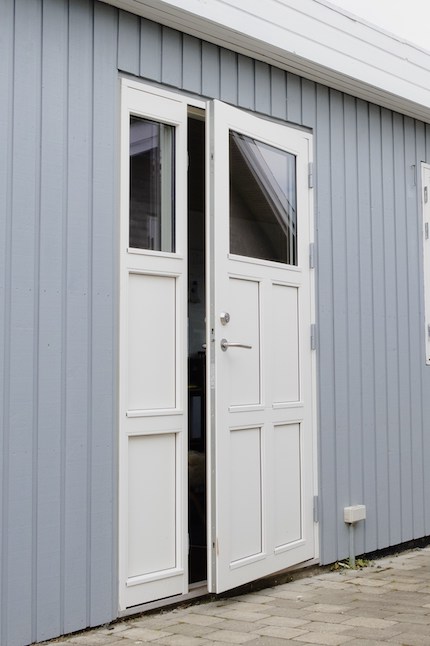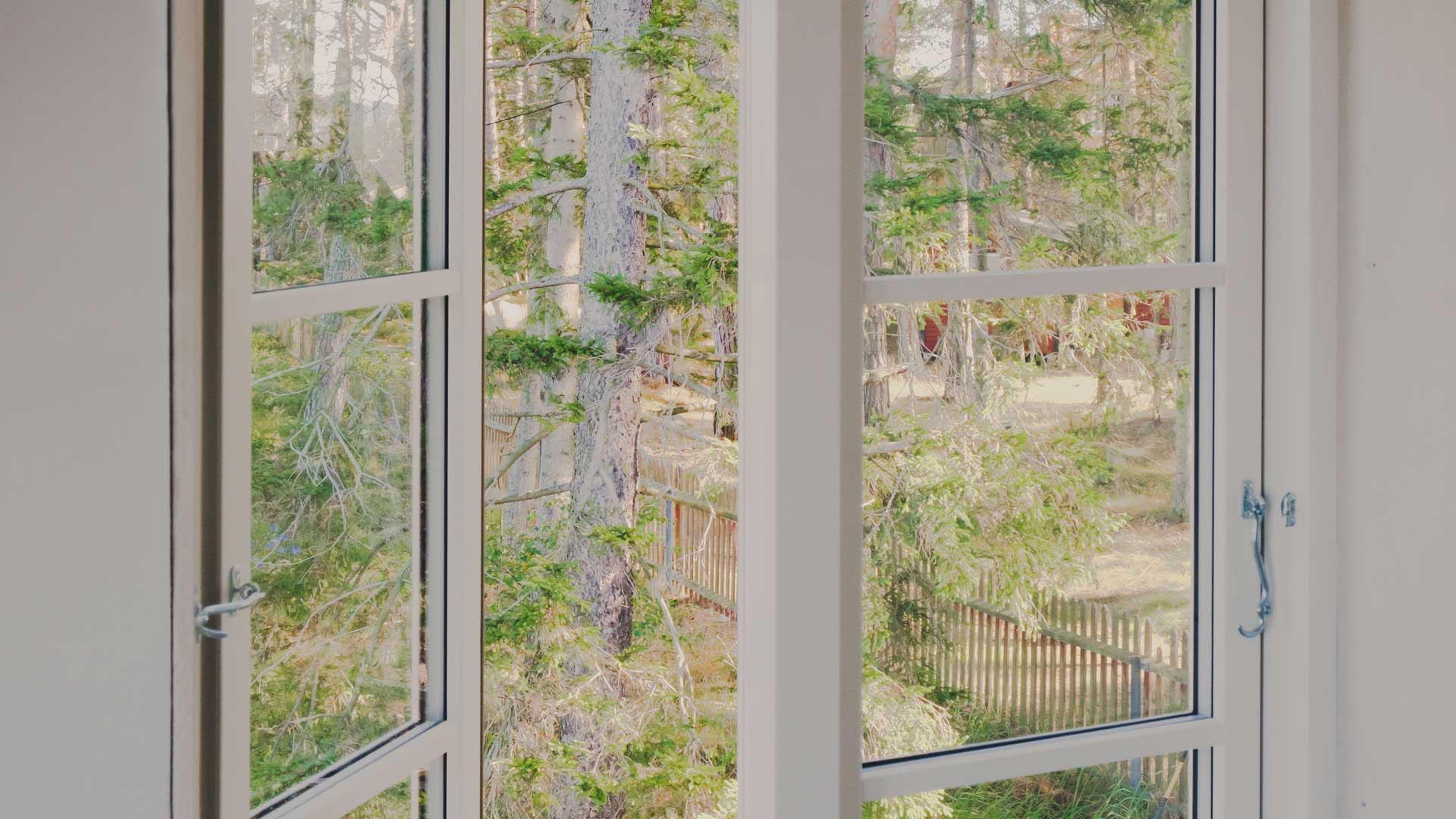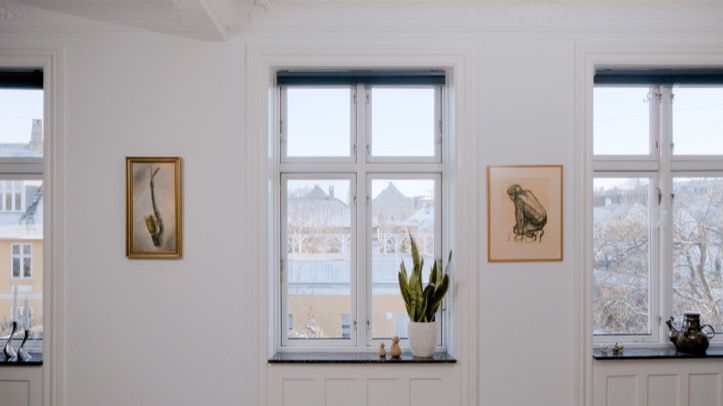
Worried about your double glazing?
Table of content

If your home has windows from after circa 1980, consider yourself lucky, as chances are good that they are double-glazed. Double-glazed windows typically provide at least a halving of heat loss over vintage single-pane glass and contribute significantly to a more comfortable and energy-efficient home.
The easiest way to determine what type of windows your house is equipped with is with a quick visual check. Double-glazing literally means two panes of glass, so you will see this type of construction with a small gap for air in between. The air gap typically contains a type of inert gas that does not conduct heat, like argon, to help insulate the home.
Read also double glazed versus triple glazed windows
Reasons for Failure
The primary cause of failure in double-glazing is the eventual deterioration of the sealants used to construct this type of window. The two glass panes are typically joined to the window frame with a polymer compound that is permeable to vapour and will eventually break down, allowing air leakage.
More obviously, damage incurred to the window panes, such as cracks, chips and nicks, can also result in the breakdown of double-glazing.
Signs you Have a Problem
You may not always see such clear signs of window distress, however. Many of the indicators of blown double-glazing are subtler to detect. Here is an overview of what to look for when testing your double-glazing:
Condensation
Noticeable Draughts
Higher Energy Bills
Operational Difficulty
Structural Age
Visible Defects
Condensation
This is a key symptom of potential window trouble but must be evaluated correctly. If you experience condensation on the outside of your windows, for example, this is a good sign that your windows are functioning properly and doing an excellent job of keeping the heat in and cold air out.
However, if you notice misting, or worse, water pooling between the two panes of glass in your window, this is a tell-tale sign that the double glazing has failed. Mould in the space between is also a warning that condensation is happening, even if you might not always see it.
These clues reveal that warm, moist air inside your home is leaking into the gas cavity and that it is no longer properly sealed. Double-glazed windows incorporate a desiccant (drying agent) designed to absorb moisture and prevent condensation from occurring. If the seal has broken, this functionality will eventually cease.
Noticeable Draughts
If you have felt the sensation of faint gusts of air through the house, especially when near your windows, and particularly on windy days, this is also a sign that your double-glazing is no longer performing optimally.
Higher Energy Bills
This may be difficult to ascertain, particularly in these times of rising energy costs. Still, consistently higher energy bills can also be a clue that more heat is being lost from your windows. It can be helpful to compare the amount of wattage you are using monthly instead of just the total cost, which will fluctuate with energy price changes.
Operational Difficulty
If your window has become increasingly hard to open or close, this could also be a sign of failure of the unit. If the sealants or glass have started to deteriorate, this will allow moisture to enter between the panes and could eventually lead to warping or bowing of the wood frame.
Structural Age
As mentioned previously, if your home or the windows in it are over a certain age, it may be time to evaluate whether double-glazing is working for you. Double-glazed windows have an expected lifespan of at least 15-20 years, depending on window quality, weather conditions and homeowner care. If you know your windows are approaching this milestone, this could be another warning of potential performance problems on the horizon.
Visible Defects
Lastly, the more obvious markers of damage to your windows, like visibly cracked seals or water leaking in, should be alarm bells for you to take corrective action. First, check that there are no blockages in drainage elements, then begin evaluating potential suppliers for replacement windows, like Klar.
Homeowner Tests to Try
Sometimes it can be tricky to confirm more subtle window failure, like sealant deterioration, so any homeowner can complete a few easy checks to test the double-glazing.
Burn Test - The simple act of lighting a match can tip off a draughty situation by revealing flame movement when held up to the window in question. You can also use a candle or incense stick and carefully take note of how the smoke moves.
Pull a Curtain – Try hanging a sheer, lightweight curtain across the window and again take note of any small movements caused by draughts entering the home.
Shine a Light – Wait until dark, go outside and have someone stand inside shining a flashlight towards the window. If you can see pinpricks of light escaping around the window, then there are obvious leaks.
Thermal Camera – Having access to an infrared camera can also reveal hot spots from windows. If the window areas appear yellow, orange, red or white when the camera is aimed at them from the outside, then significant heat is being lost, whereas green or blue colours indicate strong performance.
Should these tests of double-glazing or your own anecdotal observations uncover issues with your windows, then it’s time to turn to a reputable supplier like Klar to see what new styles of double-glazed windows are available.
FAQs
Can you test double-glazed windows?
Yes, along with careful observation, there are a few simple tests any homeowner can try to determine whether your double-glazed windows are performing optimally. You can use smoke, curtains, a flashlight or a thermal camera to assist you in your assessment.
How do I know if my double-glazing is blown?
There are some tell-tale signs of blown double-glazing, such as condensation between the panes of glass and/or noticeable draughts. Other subtler indicators could be higher energy bills, difficulty operating windows, and general window age.
How do I know if my windows are good quality?
A good quality window will feature a minimum of two panes of glass separated by an air cavity filled with an inert gas that is non-conducting to heat. The joins between glass and frame should be hermetically sealed without any gaps or cracks, and the window should have a low U-rating of around 1.3-1.5 W/m2K.
